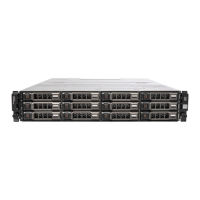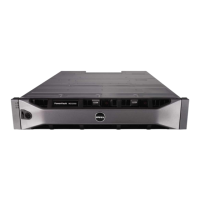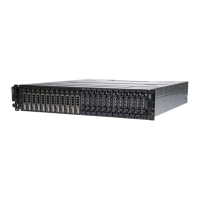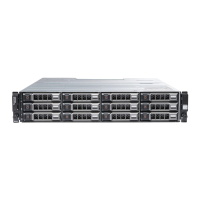Preparing Your Systems for Clustering 31
3
Preparing Your Systems for
Clustering
CAUTION: Only trained service technicians are authorized to remove and access
any of the components inside the system. See the safety information that shipped
with your computer for complete information about safety precautions, working
inside the computer, and protecting against electrostatic discharge.
Cluster Configuration Overview
1
Ensure that your site can handle the cluster’s power requirements.
Contact your sales representative for information about your region's
power requirements.
2
Install the servers, the shared storage array(s), and the interconnect
switches (example: in an equipment rack), and ensure that all these
components are turned on.
NOTE: For more information on step 3 through step 7 and step 10 through
step 12, see the "Preparing your systems for clustering" section of the
Dell Failover Clusters with Microsoft Windows Server 2008 Installation and
Troubleshooting Guide
at support.dell.com/manuals.
3
Deploy the operating system (including any relevant service pack and
hotfixes), network adapter drivers, and storage adapter drivers (including
Multipath I/O drivers (MPIO)) on each of the servers that must become
cluster nodes. Depending on the deployment method that is used, it may
be necessary to provide a network connection to successfully complete
this step.
NOTE: You can record the Cluster configuration to the Cluster Data Form to
help in planning and deployment of your cluster. For more information, see the
"Cluster Data Form" on page 71 and the iSCSI configuration information in the
worksheet located at "iSCSI Configuration Worksheet" on page 73.
4
Establish the physical network topology and the TCP/IP settings for
network adapters on each server node to provide access to the cluster
public and private networks.
book.book Page 31 Monday, June 21, 2010 1:45 PM

